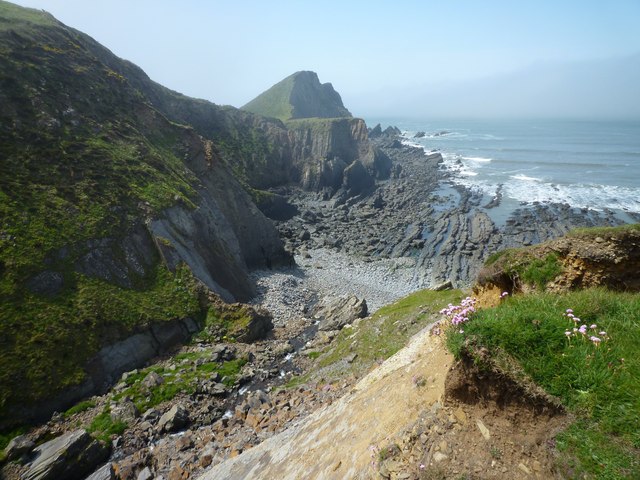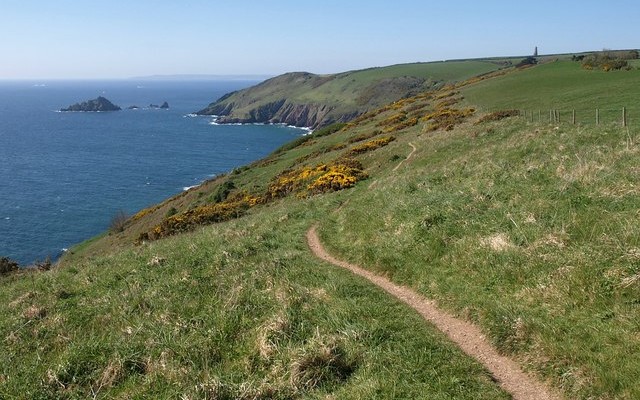Interesting information
About 300 million years ago, during a period of tectonic plate collision, tremendous pressure was exerted on the rocks of South West England. So powerful were these forces that the rocks were actually compressed like a concertina, producing a range of spectacular folds and faults that are visible today. These can be clearly seen in the cliffs to the north of Hartland Quay and a walk along the cliff top towards Hartland Point provides good views (if the tide is out) of the complex patterns of sandstone ribs produced on the foreshore by the folding.
The area is part of an Area of Outstanding Natural Beauty, Site of Special Scientific Interest and Special Area of Conservation.

